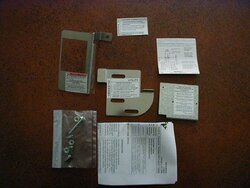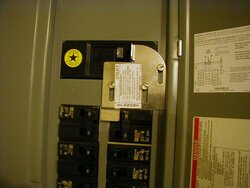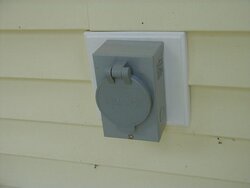I am going to install a SquareD Generator Interlock Kit.
It is a easy way to safely connect a portable generator to the house wiring.
I am putting on an outside receptacle as well.
I thought I would share this because I didn't realize it existed before.
It's a cheap alternative to something that could be potentially life-changing expensive.
http://static.schneider-electric.us/docs/Electrical Distribution/Load Centers/Accessories, Homeline (HOM, LK, PK, QOM)/40273-809-02.pdf
Of course, I will likely avoid all outages after installing, knock on wood.
It is a easy way to safely connect a portable generator to the house wiring.
I am putting on an outside receptacle as well.
I thought I would share this because I didn't realize it existed before.
It's a cheap alternative to something that could be potentially life-changing expensive.
http://static.schneider-electric.us/docs/Electrical Distribution/Load Centers/Accessories, Homeline (HOM, LK, PK, QOM)/40273-809-02.pdf
Of course, I will likely avoid all outages after installing, knock on wood.


 ).
).

